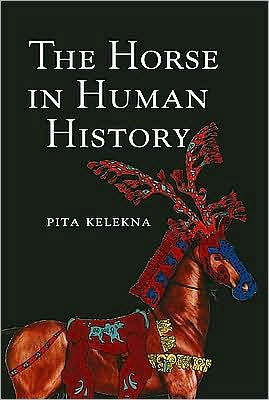5
1
9780521516594



The Horse in Human History available in Hardcover, Paperback

The Horse in Human History
- ISBN-10:
- 0521516595
- ISBN-13:
- 9780521516594
- Pub. Date:
- 04/20/2009
- Publisher:
- Cambridge University Press
- ISBN-10:
- 0521516595
- ISBN-13:
- 9780521516594
- Pub. Date:
- 04/20/2009
- Publisher:
- Cambridge University Press

The Horse in Human History
$112.0
112.0
In Stock

Product Details
| ISBN-13: | 9780521516594 |
|---|---|
| Publisher: | Cambridge University Press |
| Publication date: | 04/20/2009 |
| Pages: | 476 |
| Product dimensions: | 6.10(w) x 9.10(h) x 1.00(d) |
About the Author
From the B&N Reads Blog
